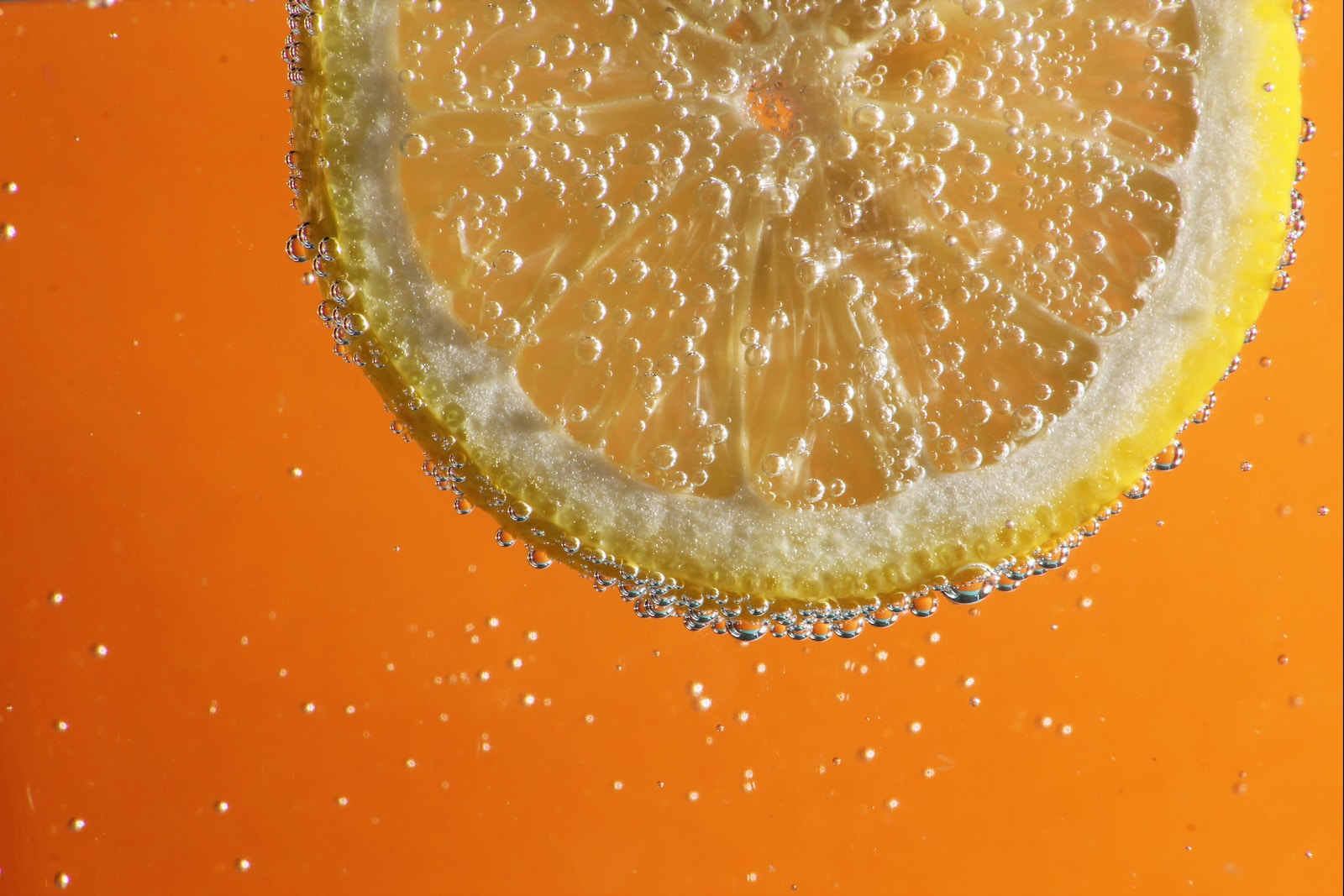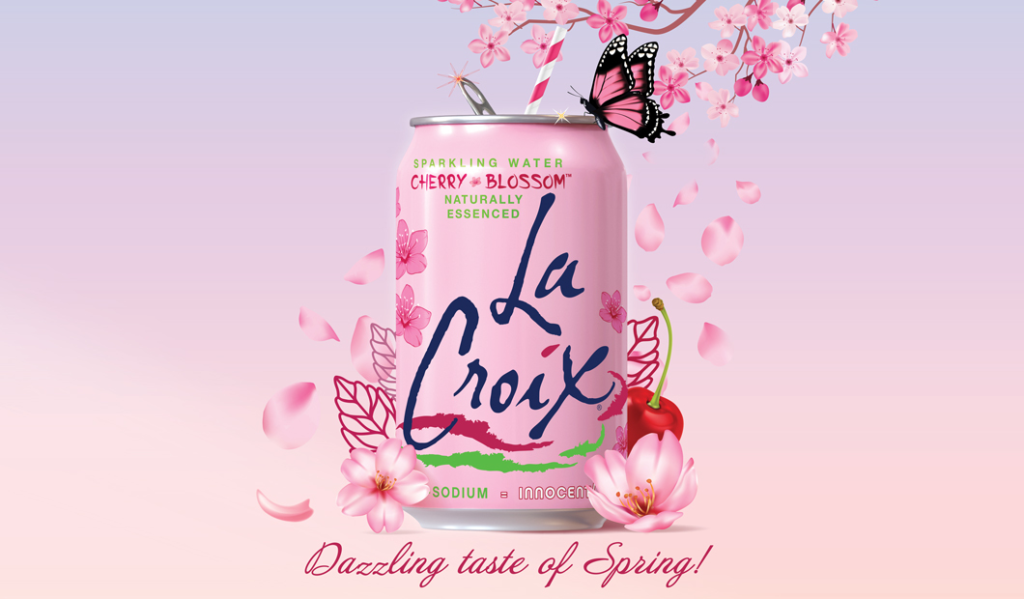
Are you curious about La Croix sparkling water? Nobody gave a second glance to sparkling water when I was a kid, but today? Today, it’s a sensation that’s taken over drink aisles, restaurant taps, and even plant watering routines. So let’s pop the top and dive into what the heck is going on with sparkling water!
A Sparkling Start
Our modern obsession with sparkling water started around 2015 when pop or soda sales in the U.S. plummeted. A decline that had been happening for at least a decade was suddenly outpaced by a health-conscious shift towards bubbly beverages. People were avoiding sugars and artificial ingredients and gravitating towards the sparkling alternative.
What’s amazing is just how fast this trend exploded. Back in the day, we didn’t even know the names for the various styles of bubbly beverages. Today, water with bubbles has its vocabulary—carbonated water, mineral water, sparkling water, tonic water, club soda, seltzer, and all the variations in between.

The Technicalities of Sparkling Water
For those who like to get technical, there are real differences between these. Sparkling water, Seltzer, and tonic are all carbonated waters, yes, but if it’s sparkly, it’s naturally carbonated. Mineral water interacts with a naturally occurring phenomenon (like a volcano) to make it bubbly. Seltzer is carbonated during manufacturing, and tonic water is carbonated and sweetened.
Healthwise, health experts debate if it’s better or worse for you than regular water. It’s been reported that this water can lead to more bloating and gas, and might not hydrate you the same as regular water. There’s also the fact that the increased acidity of this water can harm your dental health. And the effects can vary based on the brand you are drinking.
You’ll find devotees who care deeply about the differences, arguing about whether Perrier is sparkling or La Croix is a seltzer. It’s a world where distinctions matter, much like champagne’s origin from a specific part of France.
The New Water Economy
This type of water started as a luxury product for the wealthy elite. Imagine, way back in the 1800s, Perrier bottling mineral water naturally carbonated by volcanic gas! It was so upscale that it symbolized British-French Imperial relations. It even had a royal warrant on the bottle!
By the time we hit the 1980s, the trend started shifting from regular soda to diet soda. Fizzy water was becoming more available to the average Joe. Brands like Clearly Canadian, and club soda brought cheap carbonated water to the masses.
The decline of pop and the trending up of this new type of water coincided with perceived health benefits. Is spicy water better than pop? Yes, it just is. Obvious benefits of include being sugar-free and additive-free in many brands.
Today, the market for sparkling water is worth over 30 billion Ding Dongs (if that’s not a currency, it should be!) and is expected to double in the coming years. People are literally addicted to the stuff. But why? Let’s investigate.
The La Croix Legend

Why focus on Lacroix? Because they’re an interesting story! They were among the first to introduce flavors to the this new and emerging water category and managed to create a unique, brightly colored design that we all recognize today.
They were pioneers in more than just flavor. Lacroix’s approach to branding, online engagement, and community-focused vibes set them apart. Plus, their ability to crush standard design rules helped them win over consumers.
As a result, we now see more Seltzer and water companies adding sugar and flavors back, while cola brands are making sparkling water. Are we stuck in a never-ending loop?
A quick history lesson: sparkling water mixed with wine evolved to flavored fruit syrups, then to the creation of Coca-Cola. We moved from seltzers with sugary syrups to Diet Coke and back to this type of water flavored with fruit but without sugar. And here we are!
Conclusion
Has anyone thought about just drinking plain water? Perhaps we’ve come too far for that. Hopefully, you enjoyed this fizzy journey through the sparkling water world. As you reach for your next can of bubbly goodness, remember the rich history behind that satisfying “pop” sound.
Whether it’s the bubbly sensation or the enticing flavors, sparkling water has definitely left its mark. Cheers to that!
If you’re interested in the retail world of drinks, make sure to read our other blogs about green powder drinks, alkaline water, and the Prime brand.
